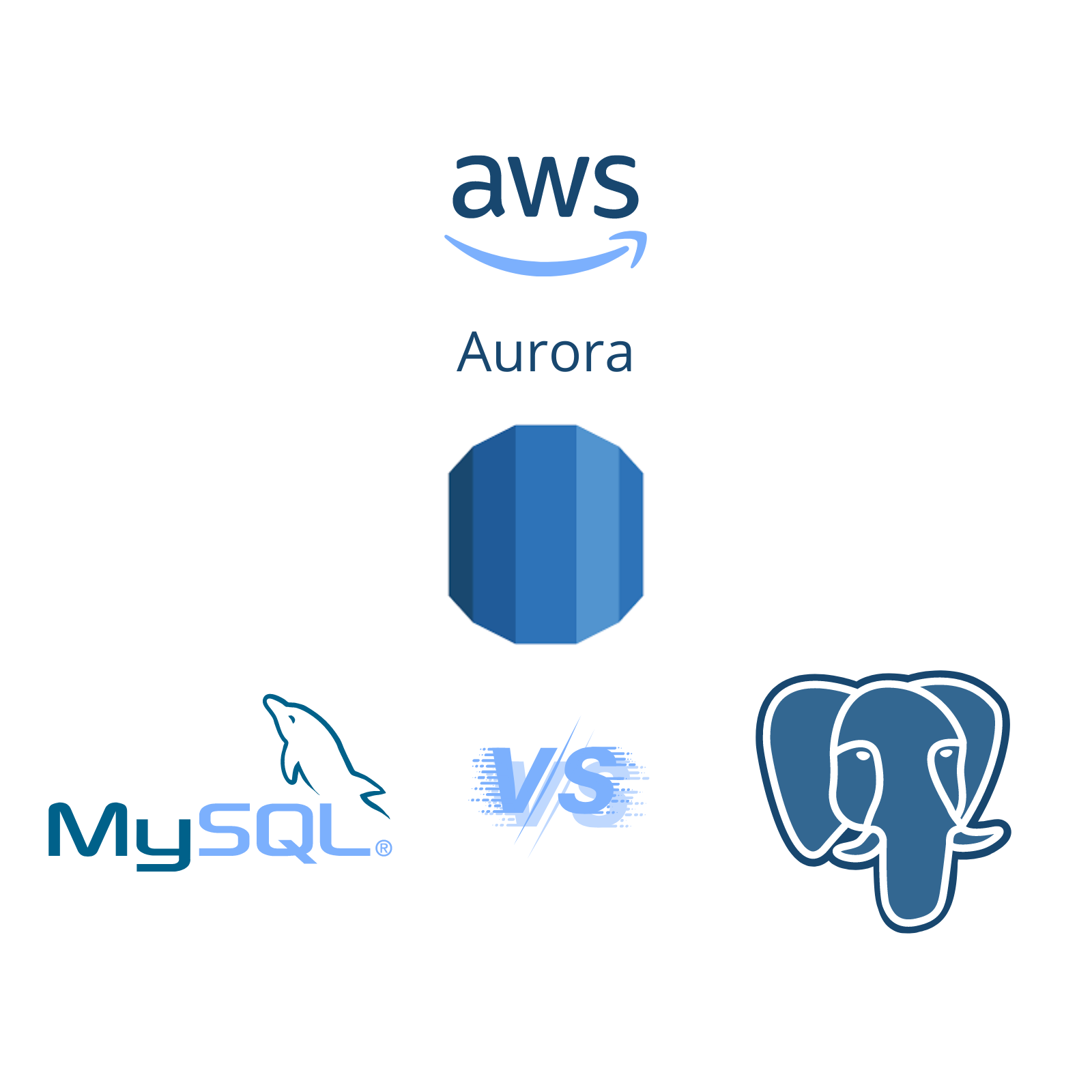Database Services in AWS: RDS + DynamoDB + Aurora
Cloud Day Series: Day - 3
Shalom Everyone 👋,
Welcome to our Day - 3 of the Cloud Day Series. I'm very excited to have you here. Today, we are introduced to a few database services in AWS Cloud. this is Ashok Kumar Dharanikota I am a recent graduate with a passion for technology and development. I write blogs about DevOps on AWS Cloud and React, React Native development on Hashnode.
and that's about myself. Now Let's Start our Cloud Day 🚀...
What is a Database?
if you don't have previous knowledge about databases, Let's first understand what a database means. Database - It is simply a collection of data arranged in a structural or non-structural manner. In today's world, as Internet is available everywhere. It opens gates for a lot of businesses to grow online. To run a business for a long time. It is important to maintain customer data and feedback. this data helps to make business-related decisions effectively. Storing user's data, activities, posts, etc. Like we see in popular applications like Instagram, Facebook, Microsoft Office, and many others.
What is AWS Offering ?
let's see, what type of database services AWS offers to businesses to maintain their database on Cloud based on the use case. Let's learn about a few database services in AWS.
Amazon RDS
Amazon DynamoDB
Amazon Aurora
Amazon RDS

Amazon RDS, or Amazon Web Services Relational Database Service, is a cloud-based service offered by Amazon that allows users to easily set up, operate, and scale a relational database in the cloud. It provides a cost-effective solution for managing and storing data without the need to invest in physical hardware or the complexities of setting up and maintaining a database server. RDS supports multiple popular database engines, such as MySQL, PostgreSQL, MariaDB, Oracle, and Microsoft SQL Server, and handles routine tasks like backups, patch management, and scaling, so you can focus on the applications rather than database administration.
Amazon DynamoDB

AWS DynamoDB is a fully managed NoSQL database service provided by AWS. Unlike traditional relational databases that organize data in tables with rows and columns, DynamoDB stores data in tables with flexible schema, meaning each item can have any number of attributes. It's designed to deliver lightning-fast performance and seamlessly scale with the demands of modern applications. Users don't need to worry about hardware provisioning, setup, or maintenance, as DynamoDB takes care of these aspects automatically. With its ability to handle high-velocity data and large-scale applications, DynamoDB is often chosen for web, mobile, gaming, and IoT workloads.
Amazon Aurora

AWS Aurora is a database service offered by AWS that combines the best of both relational and commercial databases. It's designed to deliver the performance and reliability of high-end commercial databases but at a fraction of the cost. Aurora is fully compatible with popular databases like MySQL and PostgreSQL, which means you can easily switch your existing applications to Aurora without any major changes. Behind the scenes, Aurora automatically manages tasks like backups, patching, and scaling, ensuring your data is both safe and accessible. It boasts faster performance compared to standard MySQL and PostgreSQL databases and offers replication features for high availability and data durability. In essence, Aurora provides a powerful and cost-effective solution for managing and storing data in the cloud.
It is up to 5 times faster than a regular MySQL lane and 3 times quicker than a standard PostgreSQL route.
Not only that, but this highway can also magically expand its lanes based on traffic needs, all the way up to a massive 64TB width. And for those popular tourist spots everyone wants to visit? Aurora has 15 express lanes (read replicas) just for them, ensuring everyone gets to their destinations faster without traffic jams.
Safety is also a top priority. Aurora's road is divided across three separate zones, so even if there's a blockage in one area, the other lanes keep moving seamlessly. Its advanced signaling system (caching) ensures that frequent travelers get the green light faster. And, thanks to its parallel processing, even large truckloads (like data backups) move swiftly without causing delays.
Conclusion
I hope this gives you an idea about a few different database services on AWS. On this Cloud Day, you are introduced to a few popular database services that most companies will prefer for their business. In the next sessions, we will learn how to create a database service in was cloud and how to connect to our existing web server.
If you like it please give a ❤️ and also share your insights 🤗. Until next time, keep exploring and innovating! 🚀
We will meet in our next Cloud Day Series... Bye!! 👋
Let's connect on ...
